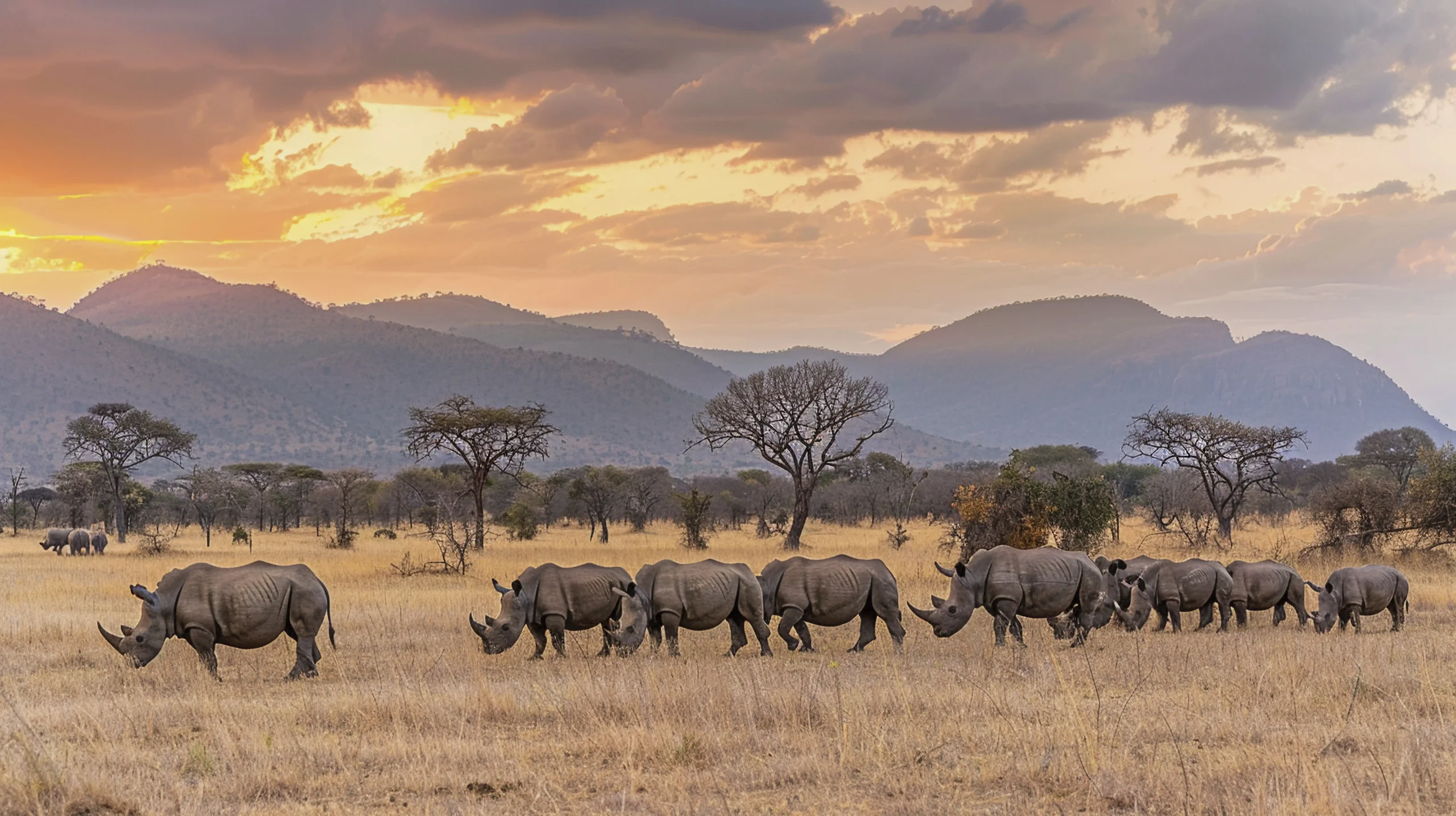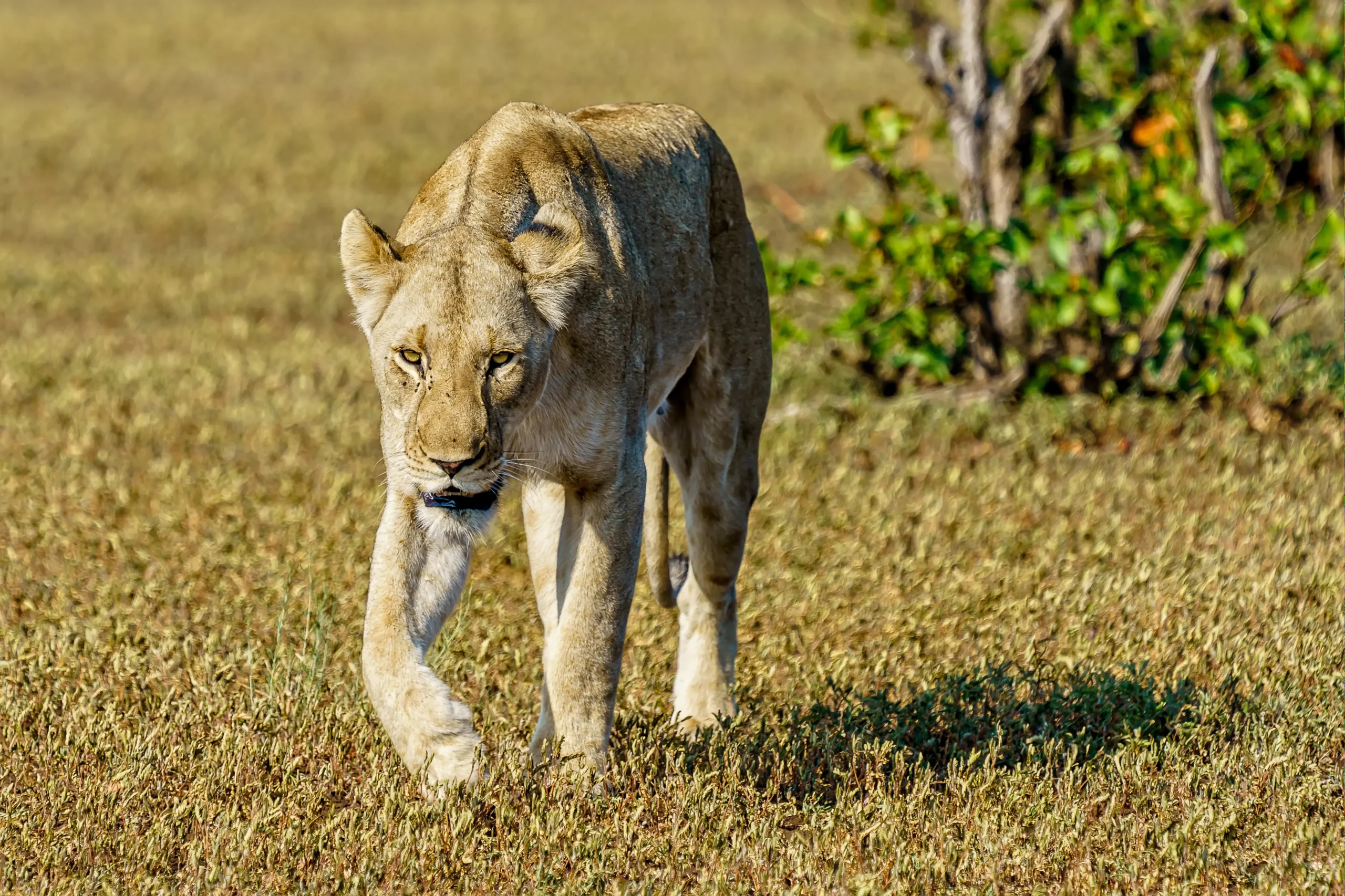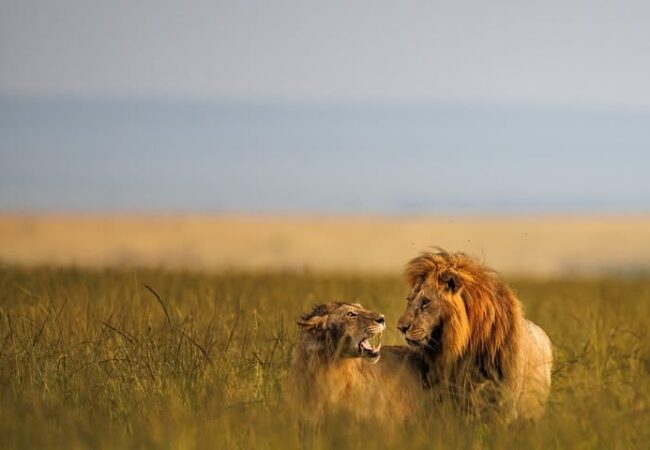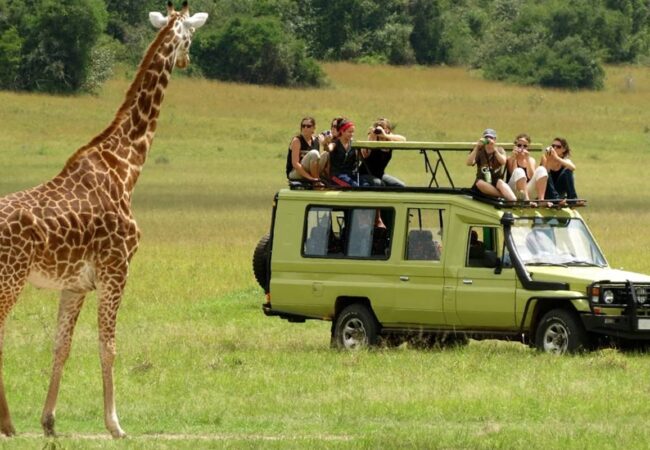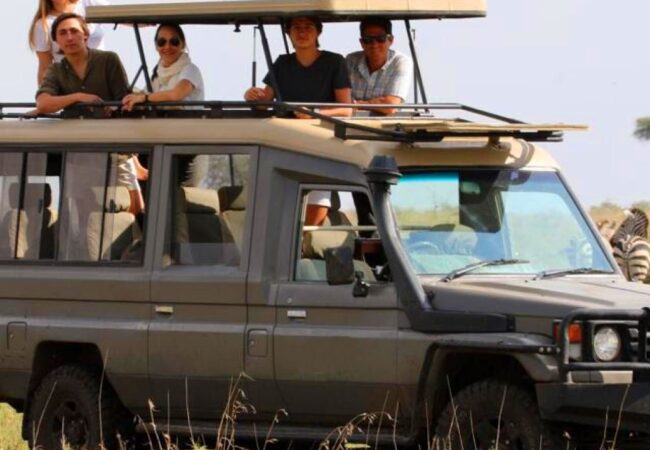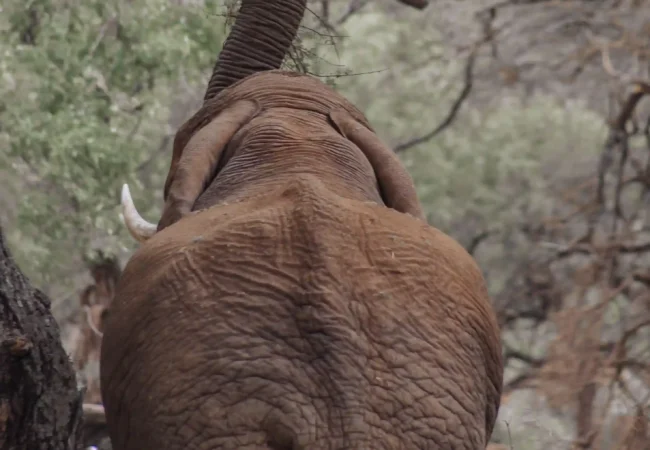Our Destinations
info@moriasafari.com
Looking for Safari Partners? You are exactly in the right place Book Your Safari Here
Serengeti National Park
- Home
- Serengeti National Park
Serengeti National Park, located in northern Tanzania, is one of the most iconic and celebrated wildlife destinations in the world. It covers an expansive area of approximately 14,763 square kilometers (5,700 square miles) and is part of the larger Serengeti Ecosystem, which also includes adjacent protected areas in Tanzania and Kenya. Here, the natural world comes alive, offering an extraordinary safari experience that’s synonymous with Africa’s untamed beauty and abundant wildlife.
The best time to visit Serengeti National Park depends on your interests, whether you want to witness the Great Migration, focus on game viewing, enjoy birdwatching, or experience cultural interactions. Each season offers its own unique experiences, so plan your visit based on your preferences and priorities.
Key features of Serengeti National Park
- Great Migration: The Serengeti is perhaps most famous for hosting the Great Migration, one of the most spectacular wildlife events on the planet. Every year, millions of wildebeests, zebras, and gazelles traverse the Serengeti plains in search of fresh grazing land and water, providing an awe-inspiring sight for visitors.
- The Big Five: The park is home to the “Big Five”: African lions, African elephants, African leopards, African buffalo, and black rhinoceros. These iconic animals are a major draw for safari-goers.
- Diverse Wildlife: Beyond the Big Five, the Serengeti is rich in wildlife diversity, with over 70 species of large mammals and nearly 500 species of birds. Giraffes, cheetahs, hyenas, and numerous antelope species are among the park’s residents.
- Predator-Prey Dynamics: The Serengeti is renowned for its predator-prey dynamics, particularly the dramatic interactions between big cats like lions, cheetahs, and leopards and their prey species. It’s a unique opportunity to witness the circle of life in action.
- Balloon Safaris: Visitors can experience the Serengeti from a different perspective by taking a hot air balloon safari. This allows for panoramic views of the park’s landscapes and wildlife.
- Landscapes: The Serengeti’s landscapes vary from vast open savannahs to riverine forests and kopjes (rocky outcrops). Each area offers different opportunities for wildlife viewing and photography.
- Conservation: The park is a UNESCO World Heritage Site and plays a crucial role in the conservation of African wildlife. Efforts are ongoing to protect the park’s unique ecosystems and combat poaching.
- Cultural Experiences: In addition to its natural wonders, the Serengeti provides opportunities to interact with local Maasai communities, learning about their traditional way of life and cultural heritage.
Our Destination Highlight
Recommended Package
Starting From:
$1,300TAXES INCL/PERS
Starting From:
$2,202TAXES INCL/PERS
Starting From:
$2,000TAXES INCL/PERS
Starting From:
$2,200TAXES INCL/PERS
Starting From:
$650TAXES INCL/PERS
Starting From:
$1,100TAXES INCL/PERS
Starting From:
$850TAXES INCL/PERS
Starting From:
$1,450TAXES INCL/PERS
Starting From:
$1,000TAXES INCL/PERS





